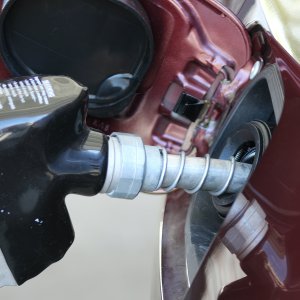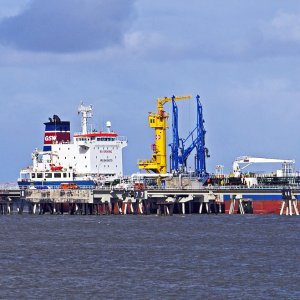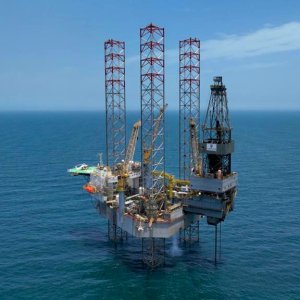Pipeline Maintenance Management as Success Factor

STORY INLINE POST
One area where this impact has been particularly evident is infrastructure maintenance. “The lack of resources that resulted from the downturn led PEMEX to drastically deprioritize maintenance operations four to five years ago, leading a number of facilities to function in a state characterized by operators and service providers as abandonment,” says NDT Global CEO Óscar González. In this context, pipeline maintenance management plays a crucial role in remediating existing vulnerabilities and preventing the appearance of new ones. Technology and expertise are essential to successful solutions. NDT Global’s advanced pipeline inspection tools incorporate proprietary ultrasonic technologies, in some cases pioneered by the company. In addition to these state-of-the-art inspection technologies, González says the local accessibility of its highly regarded Mexico data center gives the company an edge in the market. The data center processes large volumes of information generated by NDT Global’s inspections.
Despite the downturn’s impact on the Mexican industry, González remains optimistic in his general survey of pipeline infrastructure. “Mexico’s pipeline infrastructure might be old, with an average pipeline age of 40 years, but outside of the issues created in the last four years with the last administration, its maintenance protocols are up-to-date.” According to González, although the infrastructure is in need of maintenance, it is still manageable. “We are talking about 50,000km to 60,000km of pipelines that need attention. Maintenance is necessary regardless of how the issue of illegal tapping evolves but without it those problems could obviously grow,” he explains. To follow up on these needs, González says that the new administration has promised to re-establish PEMEX’s commitment to maintenance but so far funding has only been guaranteed to upstream and downstream activities directly contributing to the coveted production increase and the construction of the new refinery.
While other service providers have characterized PEMEX as adverse and close-minded to new inspection technologies, González disagrees. “The problem is not that PEMEX is averse to new technologies. The problem is that, in terms of pipeline maintenance, PEMEX was left behind when things began slowing down four years ago. Before that, PEMEX was always asking about state-of-the-art technologies and they were quick to implement them whenever they could afford to.”
Accuracy is an essential component of pipeline inspection, and it can be provided by data-analysis technologies like 3D modeling and Finite Element Analysis. The market for these technologies was limited in Mexico due to the operational concern for accuracy, making the additional expense they represented appear unnecessary. The 0.75mm of resolution that these technologies can provide are particularly useful for offshore pipelines affected mostly by corrosion. The resolution is considered essential for optimized maintenance management.
González classifies these technologies as robots and explains that they generate large volumes of data that NDT Global is uniquely capable of analyzing and processing in a way that creates the most detailed models of pipeline status and the most reliable supports for maintenance management. Beyond safety, this accuracy also plays a role in operational efficiency. As González puts it, “the more precision you have, the less overly cautious in your repairs you have to be. When you have less information and a larger margin of error in your understanding of the pipeline’s integrity, you will make more repairs than needed and lose more money to both executing the repairs themselves and incurring in the downtime that they represent.”
Pipeline maintenance management is more effective when executed in a preventive rather than reactive fashion. NDT Global is already taking this approach in its Mexican project portfolio by working directly with contractors that are now busy with the construction of Mexico’s expanding offshore pipeline infrastructure, such as Grupo Protexa, Sapura Energy and McDermott. González is quick to point out that all this work is done with PEMEX. “PEMEX still determines the construction requirements for all these companies, which are extensive and specific given their offshore nature, and that is where we and our exclusive technological capabilities come in. We certify everything in terms of pipeline integrity inspection before these assets go online.”
























